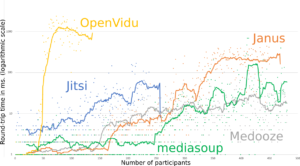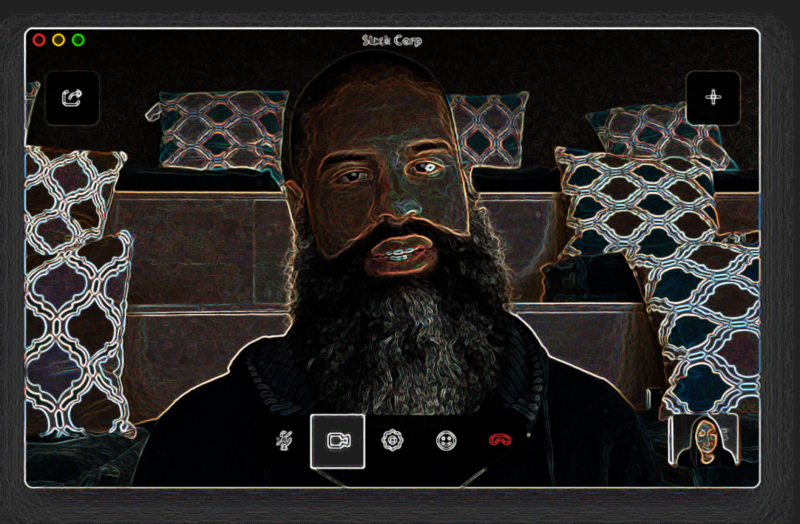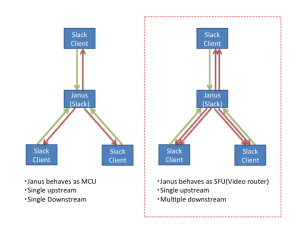Thanks to work initiated by Google Project Zero, fuzzing has become a popular topic within WebRTC since late last year. It was clear WebRTC was lacking in this area. However, the community has shown its strength by giving this topic an immense amount of focus and resolving many issues. In a previous post, we showed […]
janus
Let’s get better at fuzzing in 2019 – here’s how
Fuzzing is a Quality Assurance and security testing technique that provides unexpected, often random data to a program input to try to break it. Natalie Silvanovich from Google’s Project Zero team has had quite some fun fuzzing various different RTP implementations recently. She found vulnerabilities in: WebRTC — mostly issues in the RTP payload Facetime – a […]
Breaking Point: WebRTC SFU Load Testing (Alex Gouaillard)
If you plan to have multiple participants in your WebRTC calls then you will probably end up using a Selective Forwarding Unit (SFU). Capacity planning for SFU’s can be difficult – there are estimates to be made for where they should be placed, how much bandwidth they will consume, and what kind of servers you […]
Slack Does WebRTC Video – Here’s How (Gustavo Garcia)
Slack is an über popular and fast growing communications tool that has a ton of integrations with various WebRTC services. Slack acquired a WebRTC company a year ago and launched its own audio conferencing service earlier this year which we analyzed here and here. Earlier this week they launched video. Does this work the same? Are there any […]
Is Slack’s WebRTC Really Slacking? (Yoshimasa Iwase)
Earlier this month Fippo published a post analyzing Slack’s new WebRTC implementation. He did not have direct access or a team account to do a thorough deep dive – not to mention he is supposed to be taking some off this month. That left many with some open questions? Is there more to the TURN network? […]





